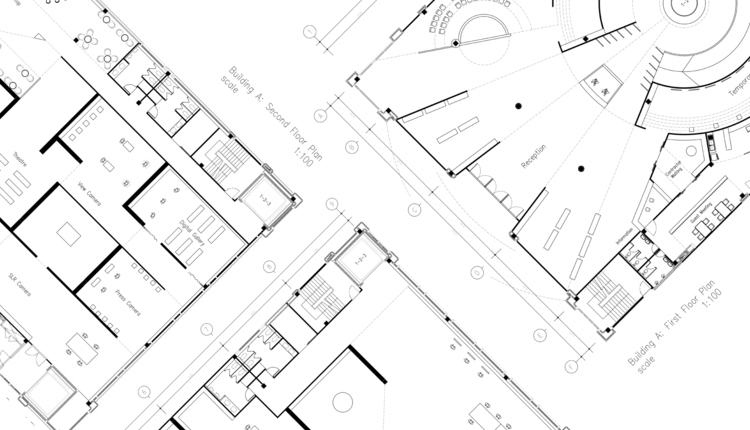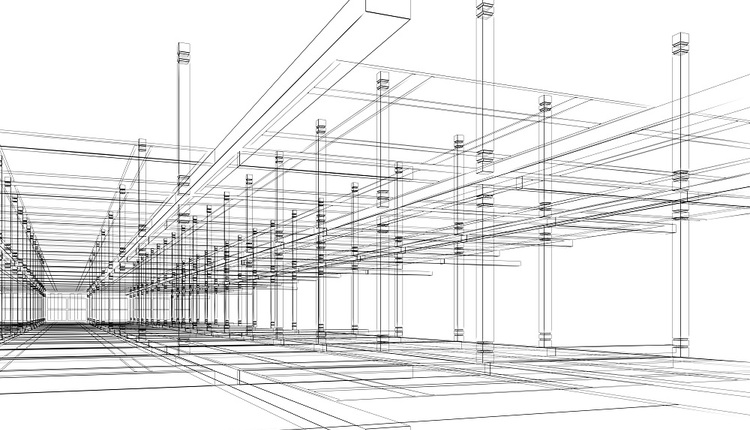This article originally appeared in the May/June issue of PARCEL.
Each organization is unique in the products they carry, where their customer base is located, what their customer expectations are for lead times, and how they ship their products to their customers. Each organization also has a business strategy on how to approach their distribution network. For instance, is the organization consumer-based with lightweight, small products that are shipped via parcel? Are their customers willing to wait for their product or willing to pay the freight to get them? Then one location may be all that this organization needs. Likewise, is the organization shipping to retail stores with a large variety of products that could make shipping expensive? In this scenario, the organization may want to review where their customer base is and move as close to them as possible to reduce shipping costs while still servicing the customer in a timely manner.
Different Factors for Different Organizations
First, we need to recognize that what is right for one organization is not necessarily right for all. Distribution network strategy is not a one-size-fits-all, and the number of distribution centers needed to support it can change based on business climate. For instance, is the organization growing? An organization that is growing or just starting out is most likely just developing their network. For those organizations, it is best to start with one location so that they can define processes and create their company culture first before trying to duplicate those processes and their culture in other locations. If an organization is mature, it is likely that they have established their correct amount of locations and the thing they may want to review is if their distribution centers are in the correct location to support their current customer base, product portfolio, and/or delivery system, as these things can change over time.
Distribution centers are a trade-off in costs. There is a point of no return for each organization, which is the cost of running the number of distribution centers they have versus the amount of sales being generated through the distribution centers to support those costs. Distribution center costs are more than just the brick and mortar of the building and the utilities to run it. You must also consider the number of people needed, the amount of inventory required, and the extra inbound/outbound costs if you are transferring product from a central location to remote locations. Other things to consider are the overhead costs, such as purchasing for multiple sites, the IT infrastructure (servers, software, etc.) needed to support multiple sites, etc.
So, what is the correct number of locations? To determine the number of locations, start with the customer base. Where are the customers located? What is the delivery lead time that the customers expect? Doing a heat map of where your customers are located is a good first step to determining the number of distribution centers. Once the heat map is developed, you can mark rings around the concentration of large customer bases. This will give you your first view of how many areas of concentration you have and, thus, the potential for the number of distribution centers needed to support your customer base.
Determining the Delivery Method
The next step to this is determining the delivery method that the organization uses. How heavy is the product being shipped? What is the dimensional factor? What is the mode of transportation being used? The transportation structure is just as important as the customer base and is the next layer of rings that needs to be placed on the heat map. For instance, is your delivery method by parcel? Where is the parcel hub that you want to use, and what is the area serviced in the lead time that your customers expect? If customers expect one to two days of in-transit time and want things shipped ground to be less expensive, then you will want to layer on the heat map only the area that the local parcel hub supports – not their full map. You will also want to make sure what the pickup time is that you desire, as parcel companies typically have two different sorts that are associated with their time-in-transit maps. Twilight versus Midnight sorts are standard terms used for this. Depending on which sort your freight gets pulled out of the hub will depend on whether the map you are using is correct or not. A good rule of thumb to get the latest pull time is to locate your distribution center within 30 minutes of a major hub that has both the Twilight and Midnight sorts.
Within this ring, you could then choose a location that could service more than one of your customer concentrated rings. For instance, choosing a location in Pennsylvania that is near a parcel hub can get your product to five major cities on the East Coast in one day. If this is where some of your customer base is, you can have one location service five large customer bases!
There are studies that show how many locations it takes to serve the country based on current population. These studies can also be a guide to check your heat map against to determine where potential customers are that can be your next expansion!
Let’s wrap this up by remembering to keep the customer first! What their expectations are in terms of time in transit and the cost to serve those expectations are paramount to determining the number of locations right for your organization. Balancing the cost to serve with the cost of running a distribution center is also a major consideration. Can you afford to have one distribution center and air everything to meet customer needs or do you need to be as close as possible to your customers to ship via ground in a short time window? It is also important to note that as business changes, it is essential to review the number of locations and where they are located to keep up with your customers’ expectations!
Kim Brown is Vice President of Global Logistics, Quality Bicycle Products. She has extensive experience in carrier negotiation, lean manufacturing and distribution principles, network optimization, and site selection. Contact her at kbrown@qbp.com.















